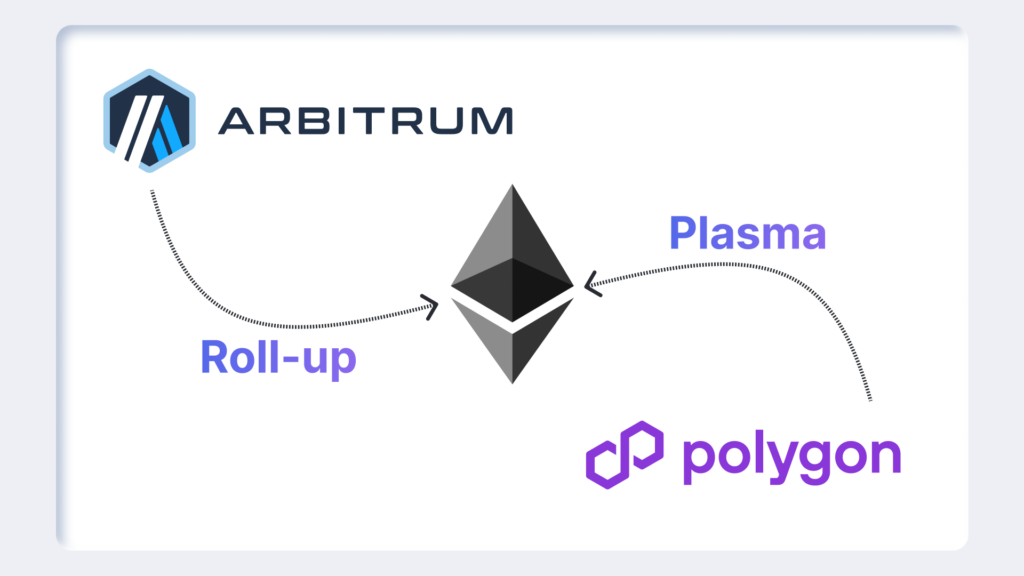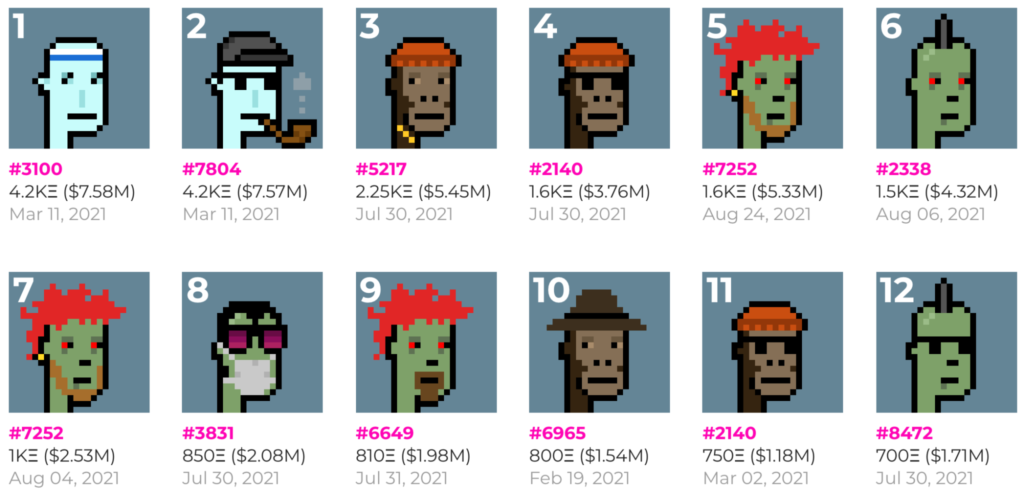PayPal and Coinbase have taken the next logical step in their three-year courtship: turning PayPal USD (PYUSD) from a trading-desk novelty into a spending, saving and settlement rail for millions of users.
Announced on Apr. 24, the expanded pact gives every Coinbase customer instant, fee-free access to PYUSD and a standing 1:1 redemption window back into U.S. dollars. In practical terms, the world’s largest publicly listed crypto exchange and the most pervasive digital-payments brand are now co-marketing a single dollar-backed token.
From on-ramp to operating system
The first PayPal–Coinbase integration in 2021 let U.S. clients link PayPal balances for quick crypto buys; two years later, PayPal launched its own dollar stablecoin, fully backed by cash and short-dated Treasuries and issued by Paxos. Today’s announcement welds those threads together. Coinbase will treat PYUSD as a core balance asset across retail, Prime and Wallet products, while PayPal will rely on Coinbase’s onchain rails to seed liquidity in DeFi, gaming and cross-border remittances.
- Fee-free acquisition – Coinbase waives all purchase spreads on PYUSD, framing it as the cheapest path from dollars into crypto.
- Instant redemption – Holders can cash out to bank accounts or PayPal wallets without conversion penalties, erasing one of the biggest frictions in stablecoin usage.
- Developer hooks – Coinbase’s Base layer-2 and newly open-sourced smart-wallet stack will ship native PYUSD support, letting builders settle micro-transactions or power yield strategies with a single API call.
The macro case for branded dollars
Stablecoins settled $35 trillion in value last year—more than Visa and Mastercard combined—yet glare, fragmentation and opaque reserves keep corporates at arm’s length. PayPal counters with a brand consumers know and a regulatory moat: PYUSD is overseen by the New York Department of Financial Services and audited monthly.
Coinbase, for its part, has spent 2025 pivoting from exchange fees to “crypto as plumbing,” rolling out an L2, a smart-contract wallet and a payments SDK that sidestep the politics of central bank digital currencies. A ubiquitous, regulator-blessed stablecoin is the missing ingredient for point-of-sale adoption and onchain subscriptions. PYUSD fills that slot without overlapping Circle’s USDC, in which Coinbase retains a significant equity stake.
Competitive ripple effect
The alliance lands as Robinhood explores its own dollar token and Stripe resurrects crypto checkout. Legislators, meanwhile, are advancing the STABLE and GENIUS acts—bills that could catapult fiat-backed tokens to a $2 trillion-plus market by 2028, according to Standard Chartered. Citi went further last week, modeling a $3.7 trillion ceiling by decade’s end.
If those projections prove even half right, early distribution is destiny. PayPal counts 430 million accounts; Coinbase boasts 120 million verified users and the deepest liquidity pool for retail. Together, they can pilot payroll disbursements in Brazil, loyalty points in Japan or NFT ticketing in the U.S.—all without recipients ever touching a traditional bank.
With fee-free ramps, instant redemptions and a dual-brand push into everyday payments, PayPal and Coinbase are betting that the next wave of crypto adoption will be less about speculative trading and more about digitized dollars that actually move. Whether PYUSD emerges as the preferred tender or merely sparks a larger stablecoin land-grab, the race to put programmable cash in ordinary wallets just tightened.


